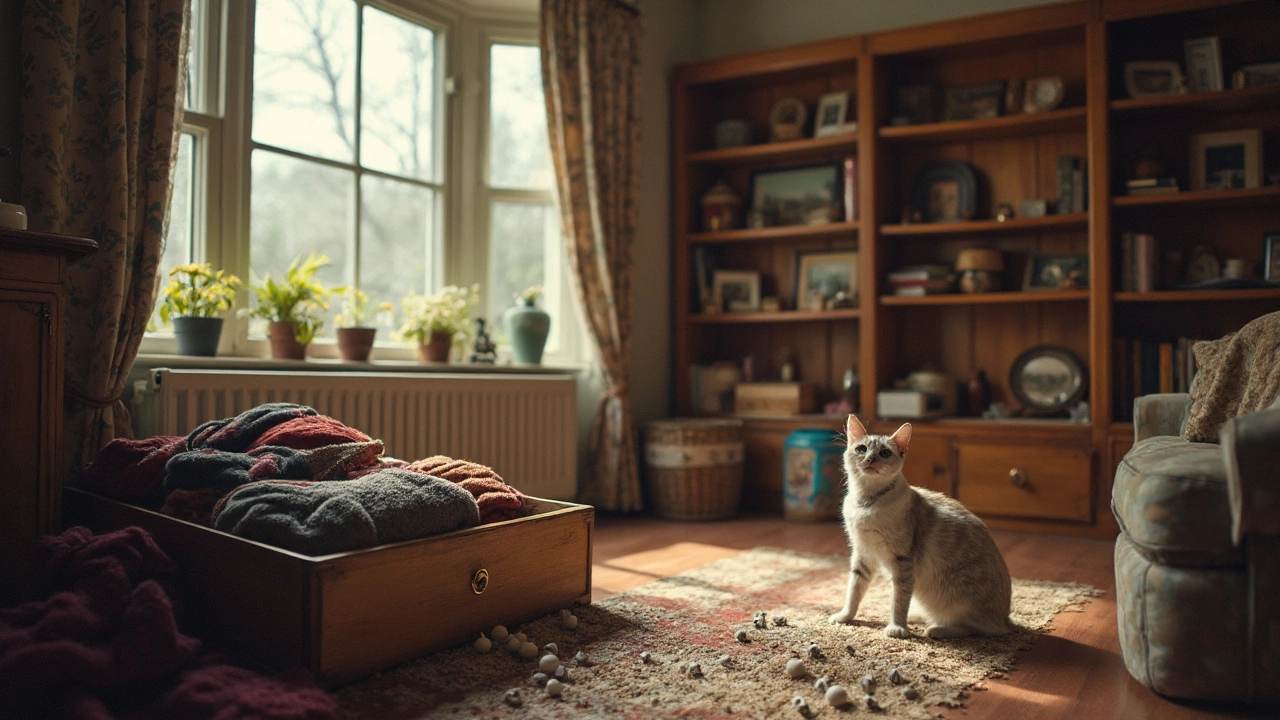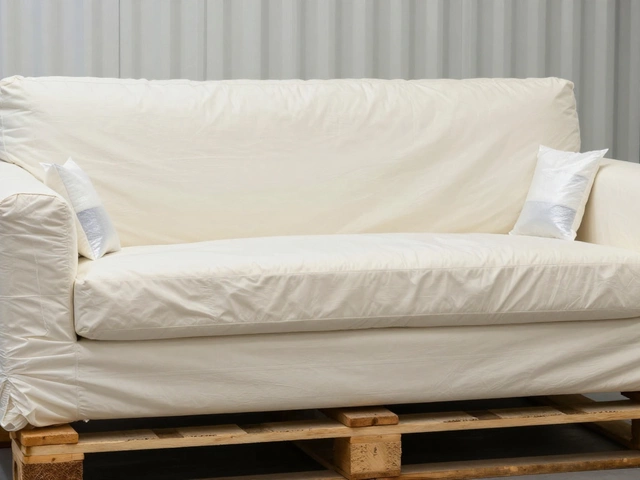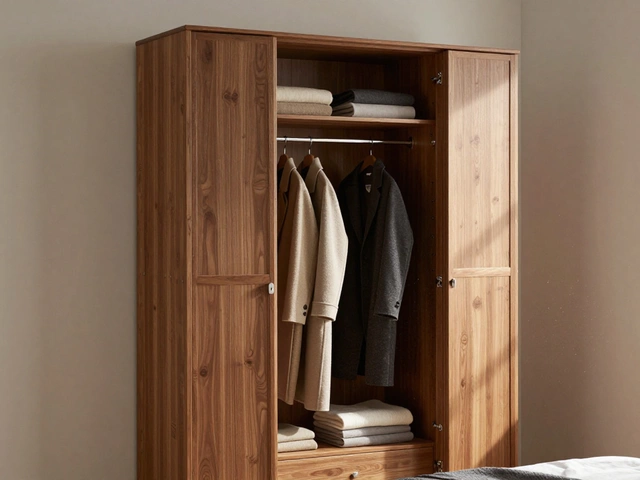Insects in Your Home: Simple Ways to Spot and Stop Them
Every time you see a tiny bug on the wall or notice a mysterious dusty spot on your furniture, you’re dealing with an insect. Most of these critters aren’t dangerous, but they can damage wood, fabrics, or just make you uncomfortable. The good news? You can catch them early and keep them away with a few easy habits.
Where Insects Like to Hide
Insects love places that are dark, warm, and a bit damp. Your bedroom closet, under the bed, and the seams of a sofa are prime real estate for tiny pests like furniture mites, dust mites, and carpet beetles. Kitchen cabinets and pantry shelves attract pantry moths and fruit flies because they can find crumbs and food residue. Even the gaps around windows and doors become highways for ants and cockroaches.
Furniture mites, for example, are barely visible to the naked eye, but they leave tiny specks of dust that look like pepper. They usually hide in the folds of upholstery, behind cushions, and in mattress seams. If you’ve ever brushed dust off a dresser and felt a fine, powdery residue, that could be a sign of mites.
Another common visitor is the silverfish. They love paper, glue, and damp areas like bathrooms. If you notice small, fish‑shaped insects darting away when you turn on a light, you’ve probably got silverfish nearby.
Easy Prevention and Control Tips
First, clean regularly. Vacuum carpets and upholstery weekly to pull out eggs and larvae. Use a brush attachment to get into seams where mites love to hide. After vacuuming, empty the bag or canister outside to prevent reinfestation.
Second, manage humidity. A dehumidifier or a simple bathroom fan can keep moisture levels low, making it harder for mites and silverfish to thrive. Aim for indoor humidity below 50 percent.
Third, seal entry points. Check around windows, doors, and baseboards for cracks. A quick caulk job blocks ants, cockroaches, and even tiny beetles from sneaking in.
If you already have a mite problem, wash all bedding in hot water (at least 60°C) and dry on high heat. For upholstered furniture, sprinkle a gentle borax powder on the surface, leave it for a few hours, then vacuum it up. Borax dries out mites and kills their eggs.
For larger insects like cockroaches, set up sticky traps in corners and behind appliances. Replace the traps every few days and keep food stored in sealed containers.
Finally, keep clutter down. Boxes, piles of magazines, and unused furniture create hiding spots. Declutter regularly and store items off the floor when possible.
By combining regular cleaning, humidity control, and sealing up cracks, you’ll notice far fewer insects popping up around the house. And if you do spot something, act quickly – most pests are easy to handle if you catch them early.
Remember, the goal isn’t to turn your home into a sterile bunker, but to make it an unfriendly place for insects while staying comfortable for you. A few simple habits go a long way toward a pest‑free living space.
Mothballs: What They Actually Keep Away and Why Storage Furniture Matters
Ever wonder if throwing mothballs in your storage furniture really keeps pests away—or if it’s just an old trick from grandma’s closet? This article digs into which critters mothballs actually repel and how they work. We also look at the risks of using them around your stuff and your family (kids and pets included). You’ll find some surprising uses, plus better ways to protect your storage furniture. By the end, you’ll know when mothballs work, when they don’t, and the safest route for your home.







